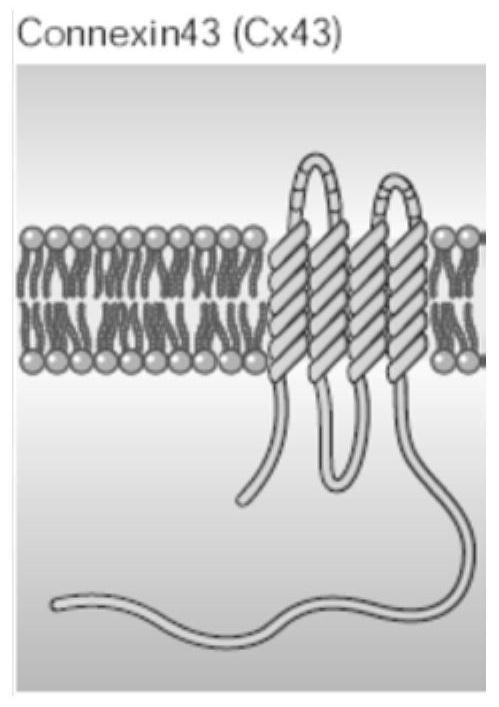A Bulk Hemichannel Functional Level Detection Method Based on Fluorescent Dye Uptake
A fluorescent dye, level detection technology, applied in the field of protein channel structure and function research, can solve the problems such as cumbersome and time-consuming operation process, inaccurate experimental results, and difficulty in solving the intercellular communication connection confusion, so as to reduce the problem of inaccurate experimental results, The effect of simplifying the difficulty of experimental operation
- Summary
- Abstract
- Description
- Claims
- Application Information
AI Technical Summary
Problems solved by technology
Method used
Image
Examples
Embodiment
[0077] The present invention will be further described below in conjunction with a specific embodiment and accompanying drawings.
[0078] Use the method of the present invention to detect the hemichannel function level of THP-1 macrophages after multi-walled carbon nanotube exposure:
[0079] THP-1 cell preparation
[0080] Take the THP-1 cell suspension in the logarithmic growth phase and adjust the concentration to 4×10 5 cells / ml, add tetradecanoylphorbol acetate (TPA) to a final concentration of 15ng / ml, inoculate the cell suspension in a 96-well plate with a black bottom (corning 3603) (100 μl / well, 2 wells apart Inoculation), 24 hours later, the medium was changed to remove non-adherent cells, the blank RPMI1640 medium was used to maintain the culture for 24 hours, and the virus was used for later use.
[0081] Exposure of multi-walled carbon nanotubes
[0082] 48 hours after inoculation of THP-1 macrophages (24 hours after inoculation and blank culture for 24 hours ...
PUM
 Login to View More
Login to View More Abstract
Description
Claims
Application Information
 Login to View More
Login to View More - R&D
- Intellectual Property
- Life Sciences
- Materials
- Tech Scout
- Unparalleled Data Quality
- Higher Quality Content
- 60% Fewer Hallucinations
Browse by: Latest US Patents, China's latest patents, Technical Efficacy Thesaurus, Application Domain, Technology Topic, Popular Technical Reports.
© 2025 PatSnap. All rights reserved.Legal|Privacy policy|Modern Slavery Act Transparency Statement|Sitemap|About US| Contact US: help@patsnap.com



